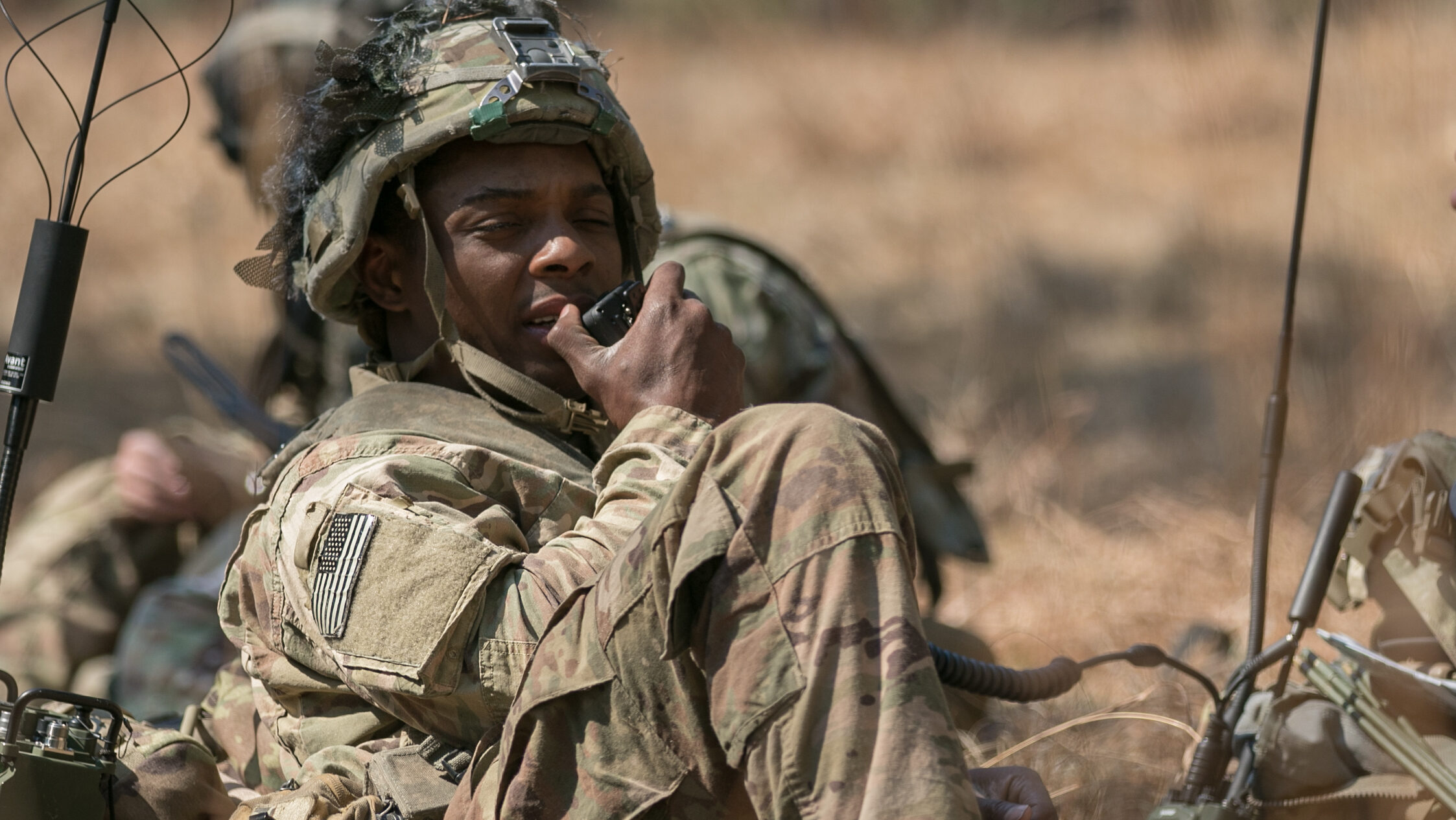
TECHNET AUGUSTA 2024 — The Army’s radio frequency pilot, which officially began in July, is off to a good start, and the service is aiming to bring industry more into the fold in the coming weeks, according to Steven Rehn, Army Cyber Command chief technology officer and director of the program.
The pilot, previously called the electronic warfare data pilot, is going “so far so good,” in its initial testing phase, otherwise known as Phase 1, Rehn told Breaking Defense after a Thursday speech at the TechNet conference in Augusta. .
The service’s radio frequency pilot was created with the goal to allow the Army to operate in the electromagnetic spectrum (EMS) with “agility to maneuver and deliver effects at the operational pace,” according to an Armed Forces Communications & Electronics Association handout.
The service announced the pilot in May after learning how Russia’s invasion of Ukraine has changed the status of electronic warfare. This is due to a number of factors, Rehn said, including rapid technological growth, an increase in threat actors with a lower barrier of entry and the increased ability to be seen in the EMS.
“That ability to be seen in the EMS is lethal. Lethal from a standpoint [of], if I can see it, I can kill it,” Rehn said. “[Do] the capabilities we have today allow a unit to understand their EMS posture, not just right now in the moment, but over time, to be able to also do trend analysis?”
RELATED: Inside Ukraine, startups try to edge Russia in the electronic warfare race
Rehn also explained the importance of being able to maneuver quickly within the EMS, especially being able to change a soldier’s signature, which he called on industry to help fix.
“So as I’m moving out on a movement to contact, if I were to take a snapshot of it, every time I did a movement to contact, do I look the same? Is it a signature thing? Are there signatures inside of there that, if somebody was just watching EMS spectrum, and they knew that when I do certain signatures in there, I’m doing certain events?” Rehn asked.
“How do we change? How do we inform the commanders to understand that? So then they can potentially do different [movement to contact] procedures to understand how to how to get better survivability.”
Rehn said that the pilot will enter into Phase 2 by September or October, at which point he will call on industry partners to help develop technologies for the pilot. Right now, during Phase 1, the service is gathering data to determine what it needs to quickly reprogram systems while on the battlefield.
“That’s the ask for the vendors is, as we go forward in about the September, October time frame through our research lab — the Army Cyber Technology and Innovation Center — we’ll put a call out and say, ‘Hey, [these are] the challenges. What are the things we should be thinking about that we’re not thinking about?” Rehn asked.
Rehn continued to expand on how industry partners can be of use in the pilot including: adopting a Modular Mission Payload (MMP) concept, identifying challenges with MMP concepts and supporting architecture, identifying areas that should be standardized, but are not yet and lastly identifying ways to create a radio frequency development ecosystem.
“If we set the right standards and the data, and understand the data that needs to be associated with it, we can get there now talking with industry partners,” Rehn said. “So for those in the industry, I would argue that we need your help.”